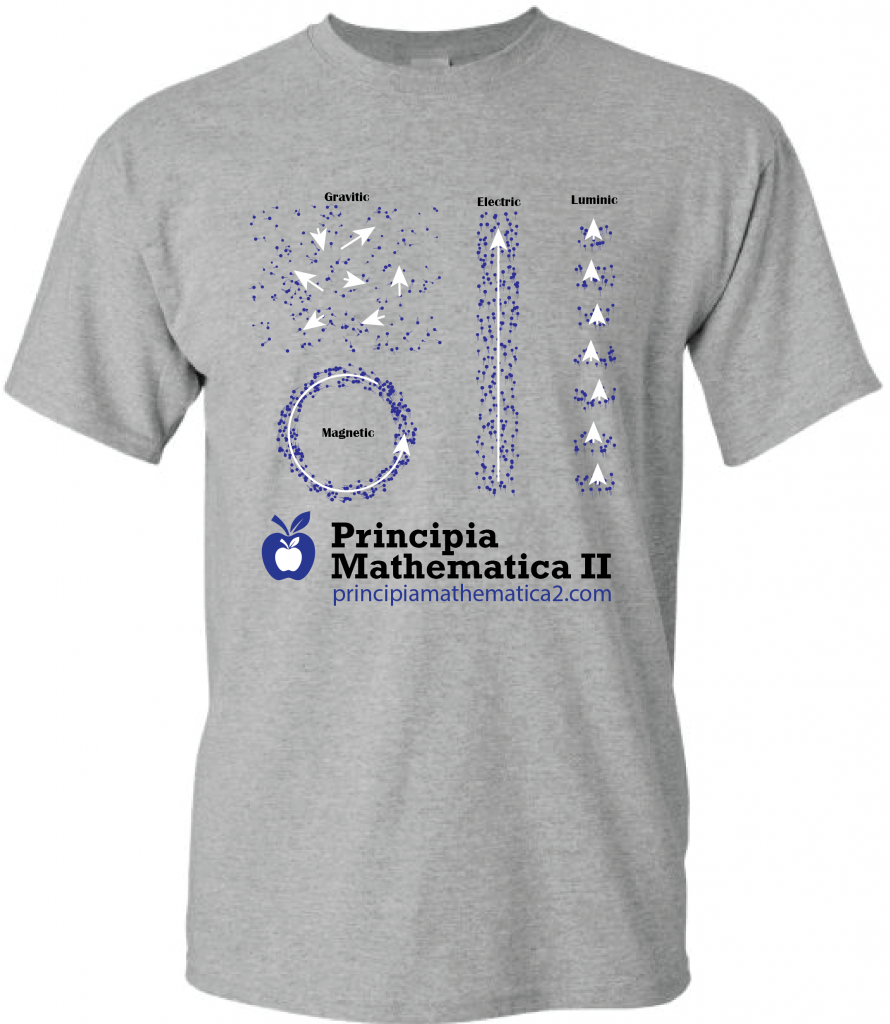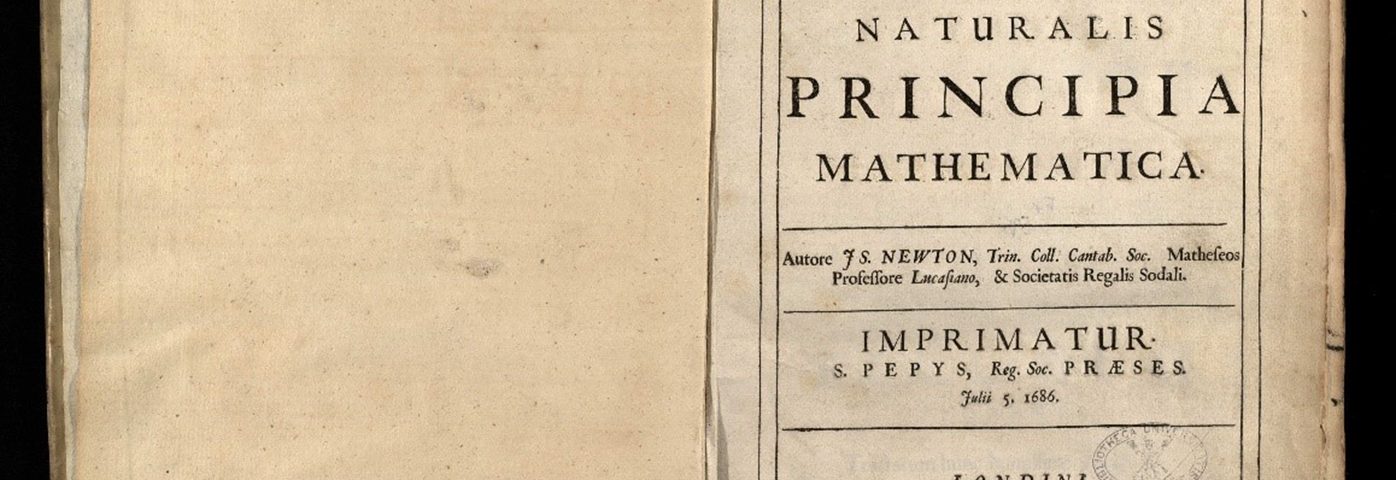On July 5, 1686, Isaac Newton published his now famous Principia Mathematica, forever changing science and humankind. Its principles have dominated our technologies and have allowed for the construction of amazing structures, machines, and vehicles here on earth and in space helping create modern life as we know it.
But since Newton first published his now famous work more than 300 years ago, little if no progress has been made in order to extend Newton’s principles of classical mechanics to the rest of the universe. Gravity, light, magnetism, electricity and much more remain a mystery with no physical explanation to date. Mathematical explanations for describing how things work abound but we still don’t know what these most fundamental forces really are. Newton himself worked on some of these concepts during his lifetime but never succeeded beyond mathematical equations. Regarding gravity, something that made Newton famous, Newton said:
“I have not been able to discover the cause of those properties of gravity from phenomena, and I frame no hypotheses.”
Sir Isaac Newton
Neither Newton himself or any of his successors have been able to extend Newton’s Principia in order to give physicality to universe. Pieces have been discovered, but no one has been able to add a comprehensive extension to Principia Mathematica in order to take classical mechanics forward – until now.
First Serious Attempt at Extending Newton’s Principles
Father and son team Bob and David de Hilster in their new book, “Principia Mathematica 2, A Complete Toolkit for Hacking the Universe”, claim to successfully extend Newton’s Principia using concepts from Newton, LaSage, Borchardt, Dinu, as well as key concepts from the authors themselves.
Those familiar with the Particle Model agree: the particle model has for the first time, successfully extended Newton’s Principia in the attempt to give real physicality to everything in the universe.
“It’s not important if it is correct. It is important that it is the first..”
Amnon Meyers – book editor
The Particle Model (TPM) gives the first possible answer to the most basic question everyone has about the universe: “what is this stuff made of?” As an example, today’s “Standard Model” cannot tell us what a magnetic field is or what gravity is or what light is. This is quite shocking given that humankind now finds itself in 21st century without any real answers. The Standard Model and Newton himself have equations for how the universe works, but gives us few clues as to what is physically happening.
Author Bob de Hilster sums it up as follows:
“Today’s science tells us what it does, not what it is.”
Bob de Hilster, book’s author
The Book
The book Principia Mathematica 2 lays out a clear set of extensions to Newton’s work on classical mechanics and then presents the two author’s attempt at hacking the universe using those extensions – something they call the “toolkit”.
Everything from gravity, to light, to magnetism, to electricy, to charge, to atomic polarity are described including hacks for white light, dispersion (white light being broken down into rainbows), to exactly how and what is happening inside the basic components of electronic circuits. Color, light, transparency, reflection, magnetism, and how and why atoms and molecules stay together are all explained using Newtonian mechanics.
Based on Intuition, not Math
All theory, including Newton’s classical mechanics is based on math, not intuition. The Particle Model’s principals however are all based on concepts that require no math and that can be understood by anyone using our innate and learned intuitions. The physicality of everything in the universe can be “hacked” by anyone using visualizations – no math needed.
Those few who are familiar with the Particle Model have said that they now see the universe in a completely different light and can’t go back.
Website and Videos
This website is accompanied by two YouTube channels – one for the book, and one by author Bob de Hilster which are dedicated to the Particle Model and its explanation of exactly what everything in the universe is – according to Principia Mathematica 2.
Here are some links for more information:
- Brief Explanation of the Particle Model on this website
- The latest version of the table of contents according to the authors
- Movement Classification
- About the Authors
- The Book’s YouTube Channel
- The Particle Guru’s YouTube Channel
Book Now on Sale World-Wide
As of August 21, 2021, Principia Mathematica 2 is on sale world-wide on Amazon in eBook form, paperback, and hardcover.
You can also purchase an autographed copy of the book.

7,940 total views, 8 views today

